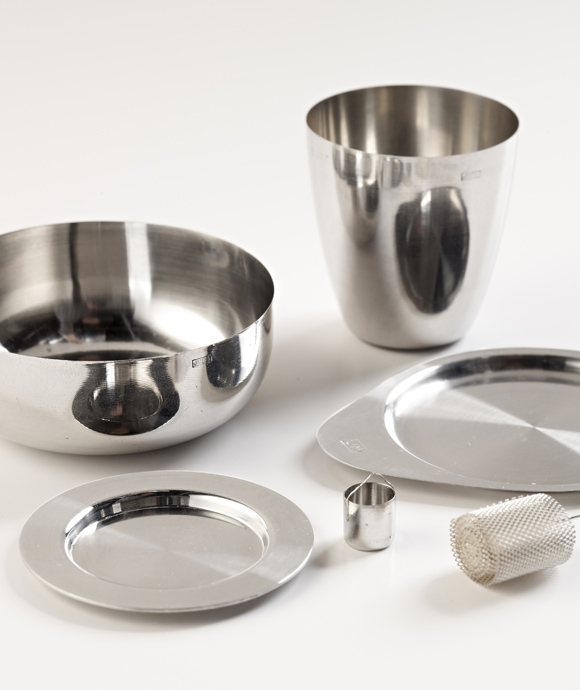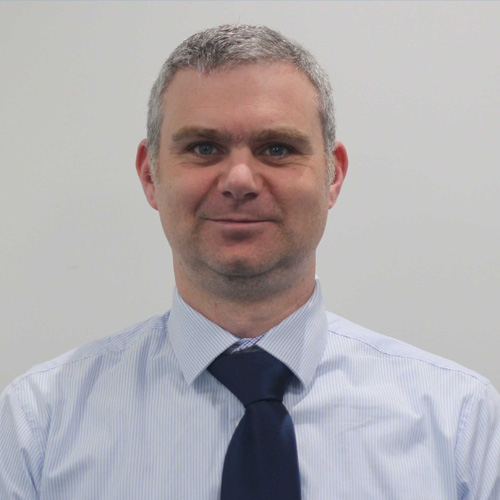Care and use of laboratory apparatus
Correctly caring for your precious metal apparatus will provide a service life unrivalled by another other material. These simple guidelines will help you get the most out of your investment.

General care of labware
In general, we recommend:
- The following maximum temperatures are not exceeded:
1400°C for platinum
1500°C for ZGS platinum
1550°C for 10% rhodium platinum
1600°C for ZGS 10% rhodium platinum
1300°C for 5% gold platinum
1400°C for ZGS 5% gold platinum.
1450°C for 3% gold 10% rhodium platinum
2200°C for iridium
- Heat is only applied as necessary; excessive heating promotes crystal growth which can produce cracks.
- Heat is used under oxidising conditions; reducing conditions can make the apparatus brittle. Ensure only the outer cone of a gas burner heater is used, and avoid a smoky flame as the carbon or carbon monoxide will make the metal brittle.
- Crucibles are not used to melt metals, which will dissolve platinum.
- Avoiding contact between hot labware and base metals:
- Use clean triangles of platinum-iridium or silica to support crucibles when making fusions.
- Use clean platinum tipped tongs to handle hot platinum vessels; if only base metal tongs are available allow the vessel to cool before handling.
- Place hot vessels on a clean refractory material, not on a metallic tray or dirty surface.
When high temperatures are involved, avoid unknown substances as well as the following to prevent platinum being attacked:
- Ammonia
- Chlorine and volatile chlorides
- Highly carburet gasses and vapours
- Sulphur dioxide
- Aqua-regia, which should be avoided at all temperatures
- Hydrochloric and hydrobromic acid, which should be avoided at all temperatures
- Concentrated sulphuric and phosphoric acid with prolonged heating
- Antimony, arsenic, phosphorus, selenium, tellurium and their compounds
- Fused cyanides and nitrates
- Fused alkali oxides, hydroxides, peroxides and sulphides
- Fused alkali chlorides and alkali earth chlorides in the presence of air or above 1000°C
- Magnesium pyrophosphate over 900°C
- Iron oxide above 1200°C
- Lead and bismuth oxides above 1250°C
- Silica and borax
- Sulphur with prolonged heating
- Phosphorus pentoxide
Platinum vessels should always be cleaned after use.
- To remove stains use fused potassium hydrogen sulphate, which will remove adherent silica, silicates, metals and metal oxides. After fusion carefully run the melt over the inner surface, allow to cool and then dissolve in boiling water and rinse thoroughly. Boiling in diluted hydrochloric acid can supplement this.
- More persistent stains may need fusion with sodium carbonate and hydrofluoric acid.
- Remove tungsten and molybdenum residues by dissolving them in a strong sodium hydroxide solution.
- Remove iron stains by covering the apparatus with 1g of ammonium chloride and applying full heat for about two minutes.
- Over time a dull surface will develop, which can be re-polished with a mild metal polish.
Platinum tipped tongs are unsuitable for removing platinum vessels from acid leach solutions; the acid will attack the frames causing the shoes to loosen and detach.
The labware shape and surface should be preserved for maximum life and inadvertent handling can cause distortions. Minor crucible distortions can be reshaped on a reshaping block with a plug inside, which is rotated slowly with a moderate pressure. The block and plug can then be used to store the crucible.
For evaporations
Our platinum apparatus can be used for evaporations with:
- Sulphuric acid, with or without hydrofluoric acid
- Hydrofluoric acid
- Hydrofluoric and nitric acid without any other halides
- Hydrofluoric acid without oxidising agents
- Alkali hydroxide or carbonates; contamination of the solution with silica should be avoided.
For fusions
Fusions in platinum labware should be under oxidising conditions without organic substances. During fusion and cooling the material should only come in to contact with platinum or clean refractory materials. To enable solidified material to be removed without distorting the vessel it should be tilted while the melt is cooling. Common fusion agents that will affect platinum are:
- Cyanides
- Alkali oxides, peroxides and hydroxides
- Sodium peroxide can be used to attack refractory metals below 450°C, but the peroxide cannot fuse.
- Slags and mattes can dissolve some platinum; we advise leaching the products with acid to remove soluble oxides before fusing the insoluble residue.
- Sodium borate and sodium metaphosphate, at high temperature and under reducing conditions.
- Alkali chlorides and alkaline earth chlorides above 1000°C; no attack occurs in an inert atmosphere.
- Potassium and sodium hydrogen sulphate above 700°C, but this can be removed by adding ammonium sulphate.
- Sodium carbonate with sodium nitrate or nitrite will cause losses of platinum.
- Sodium or potassium carbonate cause a negligible loss of platinum but prolonged fusions, especially with a large exposed surface area, may result in a yellow stain just above the melt. This can usually be removed by boiling in diluted hydrochloric acid or in more severe cases, fusion with potassium hydrogen sulphate.
- Alkali hydrogen fluoride, although platinum loss under normal conditions is minimal.
- All of these fusion agents except alkali hydrogen fluorides will produce traces of platinum in the solution, which should be sought for accurate analyses.
For ignitions
Platinum apparatus is widely used for ignitions, with a low risk of damage when precautions are used:
- It is important to maintain full oxidising conditions
- Heating platinum labware in ammonia, sulphur dioxide and halogens can cause surface damage
- The vessel should be placed in a cool furnace and the temperature should be slowly raised to a just sufficient level to burn off most of the carbonaceous matter. Then the temperature can be raised to decompose the precipitate and ensure the last traces of carbon are removed. This won't damage the platinum as long as there is recirculating air present.
Our platinum labware can be used for ignitions of the following precipitates:
- Barium sulphate
- Alkaline earth carbonates, oxalates etc.
- Metal sulphates that aren't readily reducible
- Oxides that aren't readily reducible
- MgNH4PO4, MgNH4AsO4 and CaWO4, with care to assure safety.
Precipitates being ignited in a Gooch crucible should have full access to air, even without organic matter. Particular care should be taken with readily reducible compounds.
For determining ash in organic materials, we recommend a shallow dish to ensure a large surface area is exposed.
We advise particular care is taken when determining volatile matter in fuels. The non-oxidising atmosphere to prevent loss of free carbon can contaminate the platinum, particularly if the fuel is rich in sulphur or phosphorus compounds.
When determining magnesium or phosphorus by the magnesium ammonium phosphate method, full access of air needs to be maintained in the heating process. The filter paper should be completely ashed before raising the temperature to completely decompose it to pyrophosphate. The ignition of ammonium arsenate requires even more stringent care to avoid damage.
For electrolytic operations
Removing water or alcohol from electrodes by shaking them vigorously can cause bending at the junction of the stem and the gauze cylinder. Repeated bending and straightening will eventually cause a fracture. Instead, we recommend washing the electrodes in water, rinsing them in alcohol and drying them in warm air below 100°C. We don't recommend drying them in a Bunsen flame as this can cause the fine gauze wires to soften and sag and any deposit left may alloy with the platinum.
When used as cathodes for determining bismuth, cadmium, gallium, lead, mercury, tin and zinc the platinum should first be plated with copper or silver. This prevents superficial alloying with the deposited metal.
For glass production
To ensure a long platinum vessel life when producing glass, all batch materials should be fully oxidised and silica-bearing refractory materials should be avoided. We recommend cleaning the vessel in 50% hydrofluoric acid at no more than 80°C. This may take several days - to speed up glass removal, occasionally remove the vessel from the acid and scrub soft glass residue away, ensuring your skin is protected.
Get in touch



